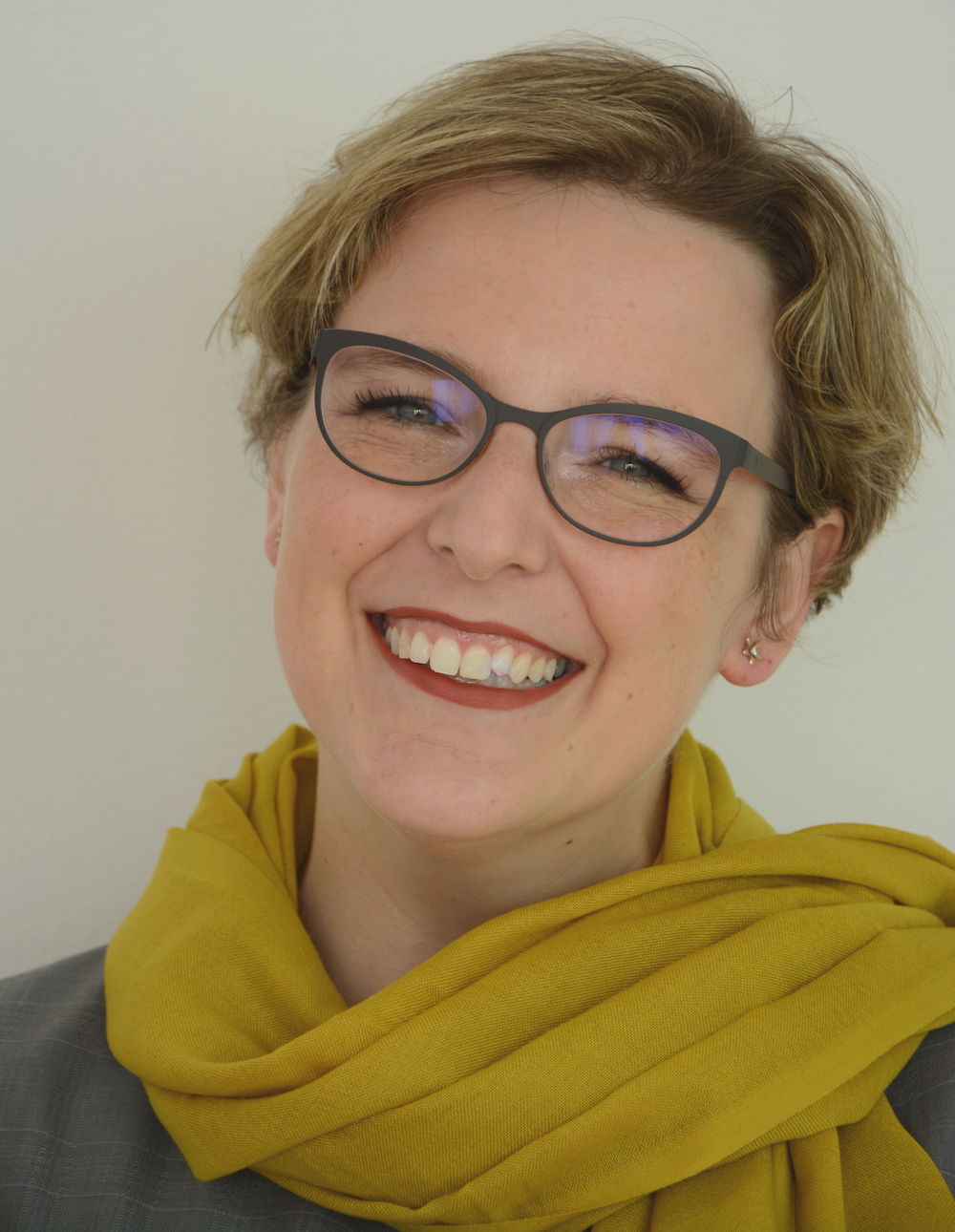 Danielle Sade, BSc, CAHP, has over 30 years of experience in the field of aromatherapy and skincare; she owns and runs a successful school in Canada and is a past president of the Canadian Federation of Aromatherapy. Not only is she passionate about her subject, she is also very methodical and she has taught many successful courses. Her expertise, scientific approach and experience are reflected in her new book: The Aromatherapy Beauty Guide.
Danielle Sade, BSc, CAHP, has over 30 years of experience in the field of aromatherapy and skincare; she owns and runs a successful school in Canada and is a past president of the Canadian Federation of Aromatherapy. Not only is she passionate about her subject, she is also very methodical and she has taught many successful courses. Her expertise, scientific approach and experience are reflected in her new book: The Aromatherapy Beauty Guide.
There are good books and there are good books that everybody should have and in case of The Aromatherapy Beauty Guide, the latter is true. This 384-page full color paperback sets out to be the go-to guide for anyone who wants to make his or her own cosmetics with essential oils at home. I believe it fulfills its mission perfectly. It is divided into several sections, building up the knowledge base of the reader step by step. Part One opens with general information about the skin and skincare, touching on both the benefits and risks to be considered when formulating. It ends with a handy list of equipment you will need to get started.
Part Two focuses on raw materials, from clays to gels to extracts, complete with recipes to make up your own infusions. Carrier (vegetable) oils and butters are discussed in more detail, with a full profile listing their fatty acid make-up and handy tips. Part Three is dedicated to essential oils. We are given an overview of what essential oils are and how to approach them, before we dive into individual and very thorough profiles. Three pages are given to each of the 35 essential oils, outlining properties in relation to the skin, major constituents and safety concerns, with a guide for how to use the particular essential oil in various cosmetic products.
Part Four is where the fun starts – we get to formulation! Here again Danielle first explains the basic principles before getting into specifics. Using handy diagrams and photo-illustrated step-by-step tutorials, we are shown how to go about “cooking” different products (lotion, cream, lip balm). We then move onto individual recipes. The order of products follows the recommended skincare routine – cleansers, toners, moisturizers, serums – and then goes onto masks, exfoliants, body and bath products. Two specific sections include products for mothers and pregnant women, and then products for men (although I personally believe the male population can just as well benefit from all the products featured in the “feminine” section). And the book closes with a list of resources and an index.
Highlights
This is an all-in-one guide for anyone who wants to make cosmetics at home. It is accompanied with full-color illustrations and photos, which make the book appealing as well as really practical, as you can see what your product is supposed to look like. Danielle makes sure that you know everything you need to know before you start experimenting, building up your knowledge base layer by layer. Each material used is described in as much detail as is necessary, and so is every technique applied. The text is easy to follow. It almost seems as if you are in a one-on-one lesson, personally guided by the author herself, as she dispenses useful tips and troubleshooting ideas, making sure you avoid unnecessary mistakes. The formulas are well presented, listing tools needed and ingredients. I especially appreciate the double measures – milliliters as well as cups and spoons. And did I mention it is all science-backed? Overall, this book encompasses all you need to know, with detailed recipes as well as more general guidelines if you feel creative.
Limitations
One shortfall, in my opinion, is that the book fails to sufficiently emphasize that the products you make are for home use. This guide is a perfect start, however, it does not provide enough information to launch a commercial beauty product line. (There is perhaps a similar difference between making dinner for your family and opening a restaurant.) The biggest challenge would be the use of preservatives, and although Danielle lists the chemicals we can easily do away with, she could also mention those that can be skin-friendly while prolonging the shelf-life of your product. The “domestic” character of the book is also reflected in the measures – while counting essential oils by drop works fine for home cosmetics, commercial production is usually done by weight (as the size of a drop varies significantly by the dropper used and by oil). The effectiveness of using essential oil synergies as preservatives is debatable, and they will also change the odor profile of the finished product. However, these are minor issues and if the book is taken purely as a home beauty guide, they really are insignificant.
This is a comprehensive and beautifully laid out book and it clearly reflects how much work went into creating it. Danielle Sade compiled a magnificent guide, empowering her readers to feel confident in creating truly personal skincare. It is a must-have for anyone thinking about taking their beauty routine into their own hands.
The Aromatherapy Beauty Guide: using the science of carrier and essential oils to create natural personal care products
Written by: Danielle Sade, BSc, CAHP
Published: 2017
Page count: 384
List price (US): $24.01
Purchase here


What are books/resources you would recommend when wanting to move past home use and create a natural commercial skincare line utilizing essential oils?
I would suggest Modern Cosmetics https://moderncosmethics.com/product/modern-cosmetics/